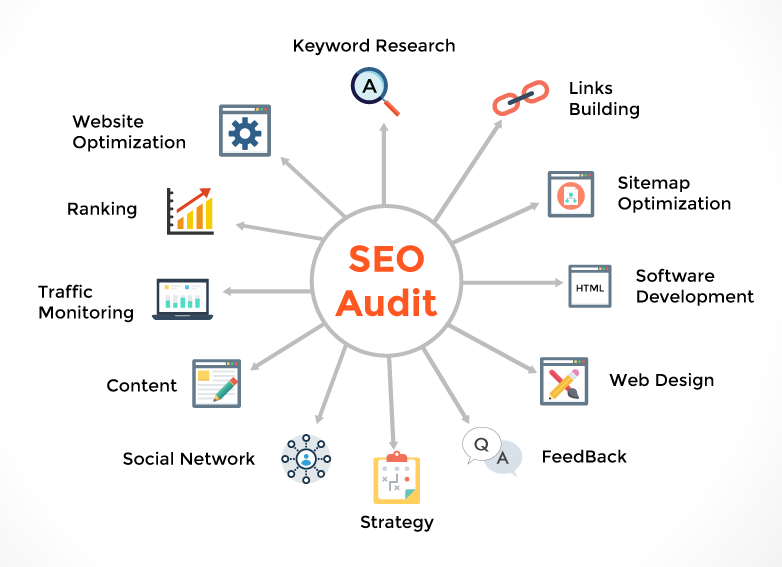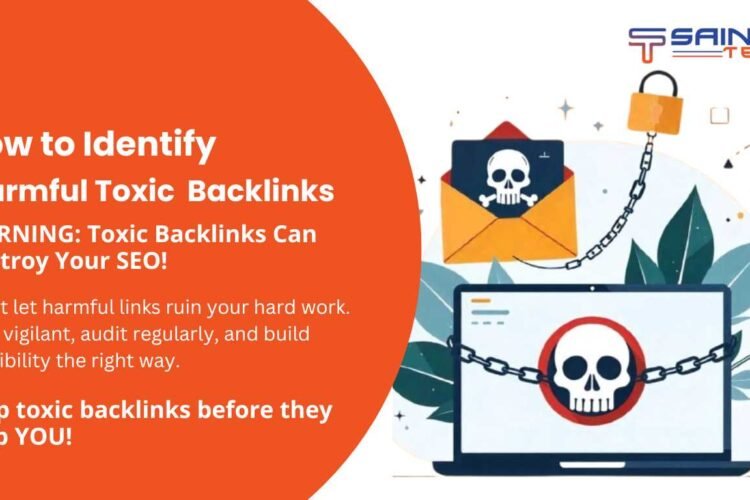
Every day, more than 547,200 new websites are created, according to Techradar. Google must crawl and keep each of these websites in its database, using up space on its servers in the process.
Because of the enormous amount of content already available, Google may give users’ needs priority by giving preference to well-designed, quick websites.
The threshold has been lifted, so Google is unlikely to give your site strong ranks if it is slow or contains a lot of technical language in the coding.
The threshold has been lifted, so Google is unlikely to give your site strong ranks if it is slow or contains a lot of technical language in the coding.
By improving the code, speed, and user experience of your website, you have a fantastic potential to outperform your rivals and gain a significant competitive advantage. These are some of the most significant ranking factors and will remain so as long as there is material on the internet.
The technical SEO auditing process for your website can be very complex and involve many moving parts. Some of these concepts could be difficult to understand if you are not a developer.
Let’s review some of the data points that will come up, regardless of what technical SEO audit tool you use:
Technical SEO Optimization
- Crawlability: Can Google easily crawl your website, and how often?
- Security: Is your website secure with an HTTPS certificate?
- On-page SEO elements: does every page have the keyword in the title tags, meta description, filenames, and paths? Does it have the same on-page elements as sites ranking in the top 10 for your target keywords?
- Internal links: Does your site have internal links from other site pages? Other elements you can consider are site structure, breadcrumbs, anchor text and link sculpting.
- Headings: Is the primary KW in the H1? Do you have H2s with supporting keywords?
- Compliance issues: Does your site’s code include valid HTML? What is the accessibility score?
- Images: Do your images load quickly? Are they optimized with title, keywords and srcset attribute? Do you use some new image formats such as webP and SVG?
- Schema and semantic Web: Are your schema tags in place and set up properly? Some schema tags that you can use include WebPage, BreadcrumbList, Organization, Product, Review, Author/Article, Person, Event, Video/Image, Recipe, FAQ and How-To.
- Canonicals: Do you have canonical tags in place, and are they set up properly?
- SiteMap: Do you ONLY have valid pages in the site map, and are redirects and 404 pages removed from the sitemap?

User Experience (Front End Design
Google has been placing more focus on ranking factors revolving around user experience. As the web collectively becomes more organized, Google is raising the bar for user experience. Focusing on user experience will ultimately increase their advertising revenue.
Important Points for SEO
- Is it fast?
- How quickly is the page interactive?
- Can it be navigated easily on mobile devices?
- Is the hierarchy of the site clear and intuitive?
Some of the ways of measuring this include:
Make sure you are working with a developer that is well versed in the latest technical SEO elements and who can apply the changes required to raise your SEO performance score.
If you are looking for a trusted SEO Partner for long term organic ranking, please write us and we will provide you affordable SEO services and if you have your own SEO team we guide them the correct way to rank organically on search engines.




